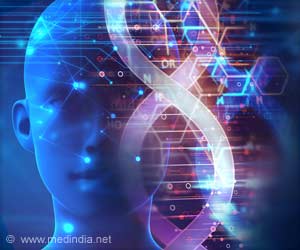A new study sheds more light on the ways that traditional biological theories limit the questions researchers ask regarding the adaptability of bacteria in a realistic way.

TOP INSIGHT
Bacteria Learn correlations from recent experience and adapt their future behavior accordingly.
As bacteria do not have brains, this kind of information processing can be achieved with a circuit that is not only simple, but similar to the circuits that bacteria are already known to have.
Researchers stipulate that this kind of learning can happen only if bacteria have more regulators than necessary; if the regulators themselves are self-activated; and if the bacteria operate under the real-world nonlinear conditions.
This recent study provides new hypotheses for why some bacteria might be using unnecessary regulators or ways to modulate its different pathways.
Scientists usually study organisms in simplified settings or static environments but these unnecessary regulators are seen in many laboratory experiments can confuse them. This new study provides guide to scientists for recognizing those key ingredients described in system they study.
Source-Medindia
 MEDINDIA
MEDINDIA




 Email
Email








